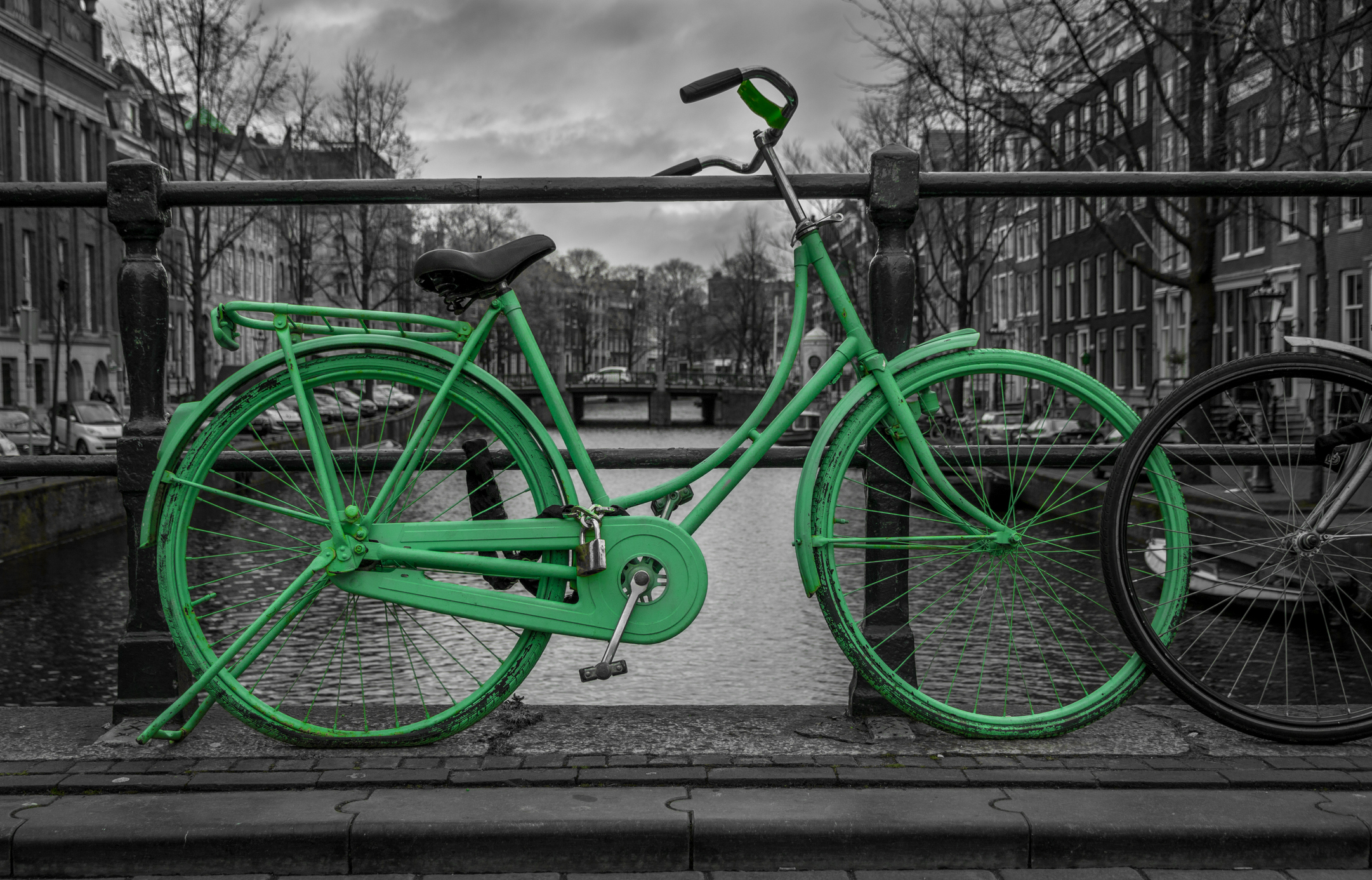
It can be argued that the general consensus worldwide is now leaning towards creating a more sustainable and greener planet. Consequently, the face of conventional parking is also evolving and the stereotypical grey, cold parking lot is slowly becoming a thing of the past.
In many cities across the world, the demand for car parking is huge. Often expensive and difficult to find, the search for a space in the city can be a stressful experience for drivers and also for residents who have to endure endless congestion while drivers cruise around looking for parking. Cities are aiming to tackle these issues through the use of smart parking solutions, be it a high tech sensor system, improved signage or through the use of parking apps.
As a result of the wish to become greener the Dutch Government, amongst others, has implemented a scheme to encourage more people to cycle to work through the use of tax credits. It is expected that the use of financial incentives will increase the number of cyclists and reduce the number of drivers on the road at any given time. 
What do the figures look like?
The 'Cycling Facts 2018' document, issued by the Government of the Netherlands, states there are now more bicycles than inhabitants in the country with 17 million inhabitants and 23 million bicycles. The Statistics Netherlands (CBS) Netherlands Travel Survey (OViN) 2016 found that bicycles account for 25% of daily mobility.
How then does this impact the need for future, and existing, car parking?
In Amsterdam particularly, there is a massive demand for safe travel on bicycles and also the need for more bicycle parking. As a result, the Government is utilizing existing on-street car parking, slowly reducing the number of spaces and transforming these spaces into designated areas for bicycles. This is being done in two ways; one by widening the roads to give cyclists more space and two by constructing more bicycle parking areas.
The video below from the World Economic Forum shows more detail about this project:
Read the accompanying article authored by the World Economic Forum's Senior Writer, Sean Fleming, here.



